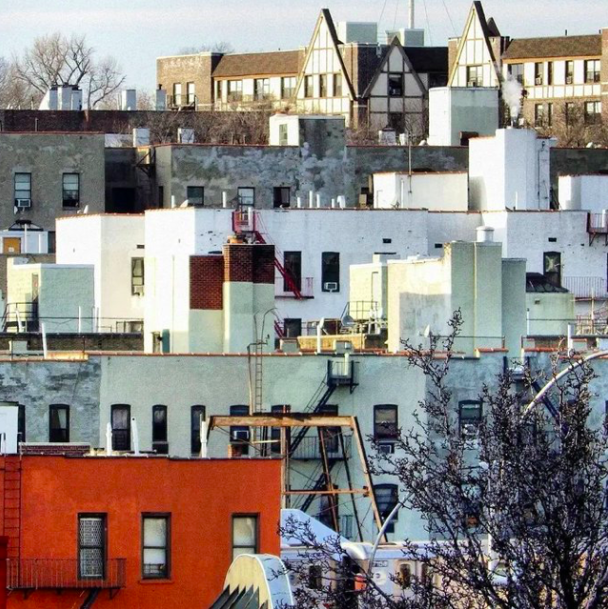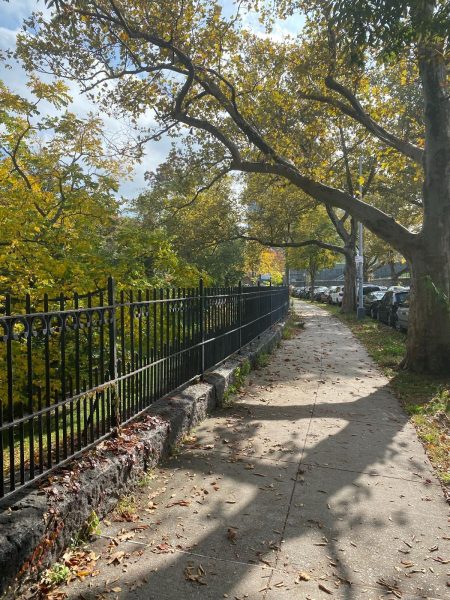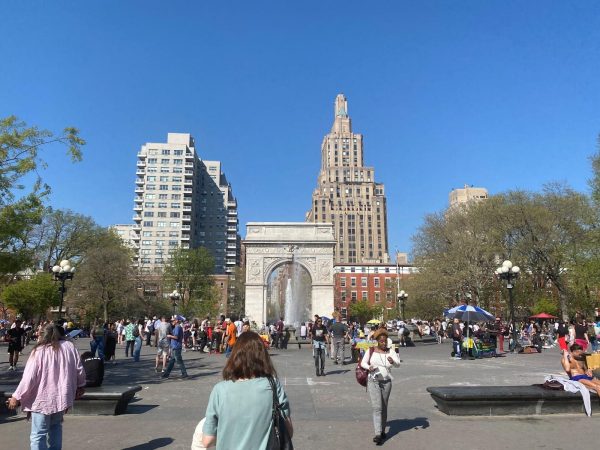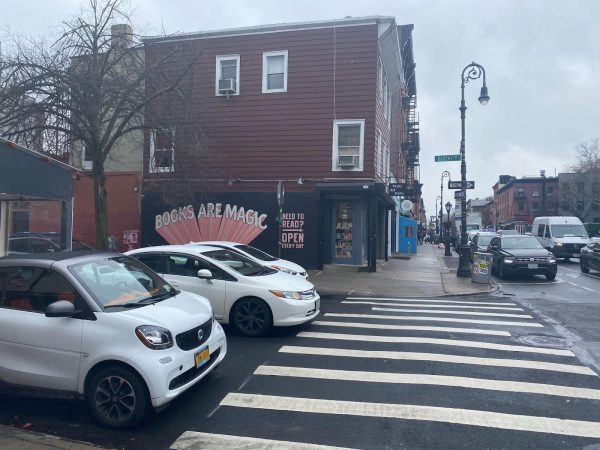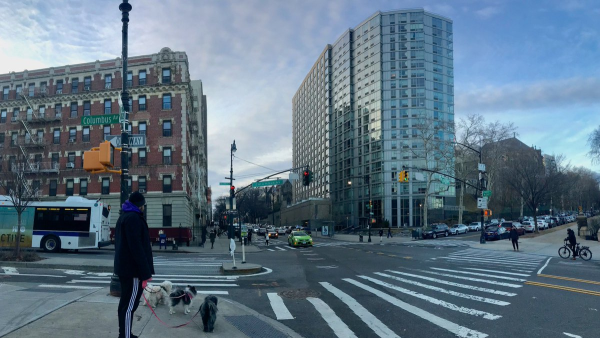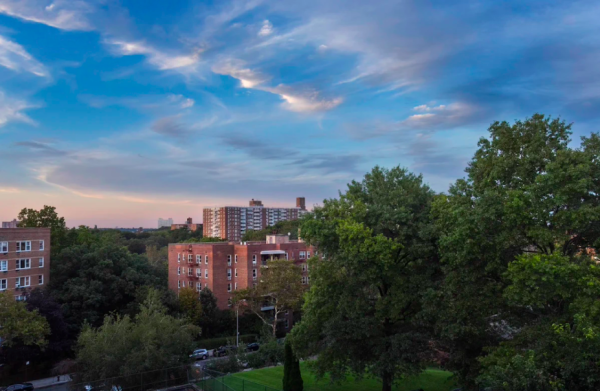Morris Heights: A Calmer Hamlet of the Bronx
The South Bronx is known for being a lively and electric region of New York City that never fails to excite and invigorate its visitors and residents alike.
Highbridge, the last Bronx neighborhood to be featured in this column, captivated me with its authenticity and character, which was uncompromising and welcoming.
Morris Heights, directly north of Highbridge, is bordered by the Cross Bronx Expressway to the south, Burnside Ave. to the north, the Harlem River to the west and Jerome Ave. to the east.
Originally a working-class neighborhood during its development in the late decades of the 19th century, Morris Heights served as the former home of the Gas Engine and Power Company and Charles L. Seabury Company, which operated among the waterfront of the Harlem River, providing the bulk of residents from in and around Morris Heights with their jobs. After the company moved out east to City Island after World War II, the neighborhood, like many others in the surrounding South Bronx communities, experienced large-scale arson attacks that effectively burned their neighborhood down.
During these burnings, subsidized multi-unit townhouses and recently-constructed apartment buildings were developed throughout the 1970s, with many still standing today. However, during this transformative period in the history of Morris Heights (and the broader South Bronx), cultural changes began to transform as well, as Morris Heights transitioned from an almost exclusively Black neighborhood to an effective biracial one, with Dominican and Puerto Rican residents making up nearly half of the neighborhood by the late 1970s.
As Black residents of the Morris Heights community fought to maintain their racial identity amongst their neighborhood’s demographic transition, hip-hop culture was born. With disc jockeys out of 1520 Sedgwick Ave. being credited as the founders of the now-internationally loved and adored music genre and culture.
Even though hip-hop has reached every corner of the globe and has infiltrated the headphones of millions, I could almost tell that Morris Heights was responsible for such a phenomenon, as I got off my six-minute D-train ride and walked three blocks west from 1775 Grand Concourse near the 174-175th St. stop.
Confirmation bias was certainly at play. I knew that Morris Heights had given the gift of hip-hop to the world since I first listened to Jay-Z’s “Empire State of Mind.”
But even if I hadn’t learned it in the lyrics to Jay-Z’s iconic song about the city we have the privilege of calling our campus a decade or so ago, there’s something about Morris Heights that wouldn’t have had me surprised to find out what originated on Sedgwick Ave.
Morris Heights bleeds character and grit.
While certainly not a dominant ethnicity of the neighborhood, the West African population has made a name for themselves in Morris Heights. At appropriately-named restaurant Accra off of Burnside and Davidson Avenues, African cuisine staples can be more than sampled at modest prices, with eba and fufu being consumed by a reliably diverse and bustling crowd.
Raices del Valle is the go-to for Dominican delicacies, with the chicken soup being the most highly recommended dish at the establishment sitting at the corner of 176th and Jerome Ave.
Similar to Fordham Road, Jerome Ave. serves as an outdoor market of sorts with thrifty deals on produce and clothes.
Morris Heights is my favorite Bronx neighborhood I visited this semester for the first time. Its cultural diversity was expected, but its architectural diversity was not. The sunset caressing the rooftops of row houses, housing projects and single-family homes, all within the same few blocks, was a sight to see.
From motorcycle brigades racing down Jerome Ave. to boomboxes blasting drill rap featuring at least a handful of talent hailing from within walking distance, the neighborhood wakes you up to a whole new world in a way that has you not wanting to shut your eyes for a long, long time, no matter how tired you may be.
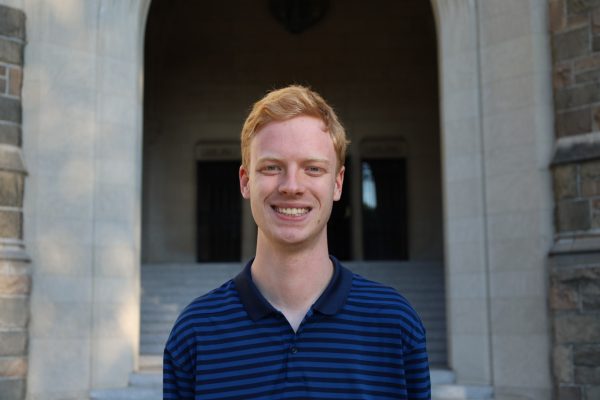
Caleb Stine is a senior from Durham, N.C., studying journalism. After transferring his sophomore year to Fordham, he joined the Ram as a copy editor of...



































































































































































































